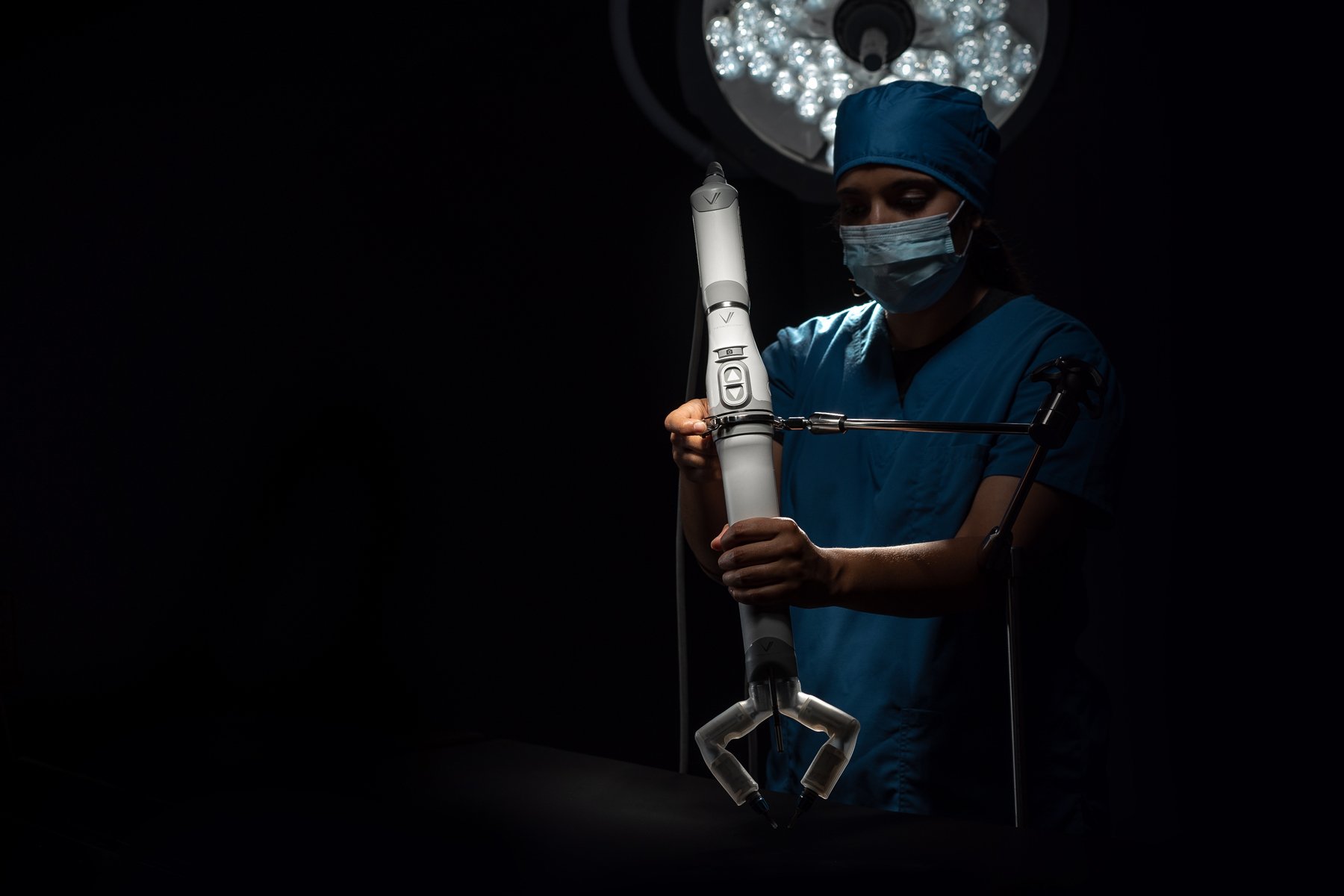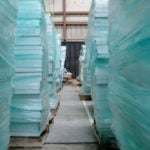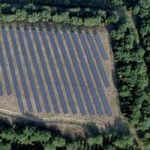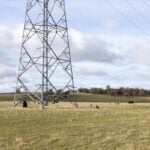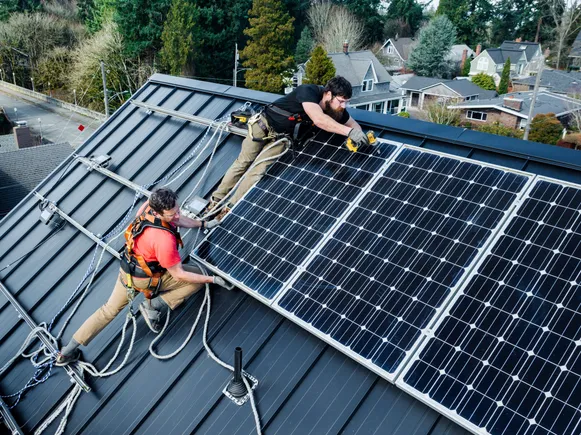Impact of Fiber Orientation in Electrospun PLA Scaffolds on Fluid Dynamics in a Custom Microfluidic Device
Advanced Healthcare Materials, EarlyView.

Fiber orientation in electrospun scaffolds affects permeability and fluid dynamics in microfluidic devices. Combining experimental data with computational fluid dynamic simulations, we show that aligned fibers enhance flow uniformity, reduce pressure and shear stress variability. These findings provide key insights for optimizing scaffold-integrated Organ-on-Chip platforms, where controlled microenvironments are essential for dynamic cell cultures.
Abstract
Organ-on-Chip (OoC) systems are evolving as vital tools in biomedical research, proposing advanced platforms to replicate human tissue microenvironments for drug testing and disease modeling. This study examines how the orientation of polylactic acid (PLA) fibers influences fluid movement in a custom OoC setup. PLA scaffolds are fabricated via electrospinning with either random or aligned fiber orientations. Scanning electron microscopy (SEM) reveals that random scaffolds are 70 µm thick with fibers measuring 1.12 µm, while aligned scaffolds are thinner at 35 µm with fibers of 1.02 µm. Porosity and matrix structure are analyzed to understand the impact of fiber arrangement. Liquid water permeability is tested using a custom three dimensional (3D)-printed device conforming to ISO 7198:2016 standards. Computational fluid dynamics (CFD) simulations, employing the Porous Media Flow Module and Brinkman's equations, predict flow behavior based on scaffold morphology. A dual-chamber microfluidic chip integrated with pressure sensors allows real-time measurements to validate the simulations. Results demonstrate that fiber alignment significantly alters scaffold permeability and flow dynamics. These insights are valuable for tissue engineering, offering a validated framework to design microfluidic devices with tailored fluidic environments optimized for specific scaffold architectures.





























































